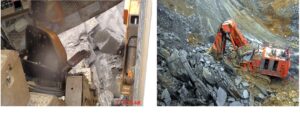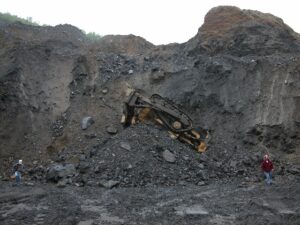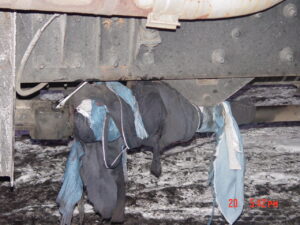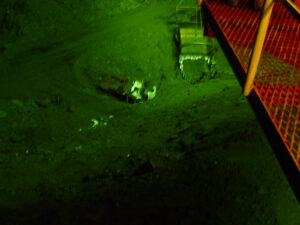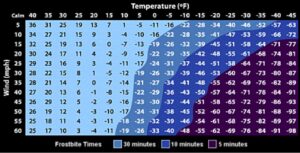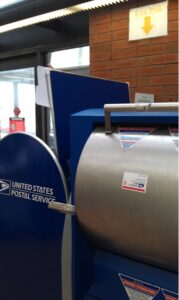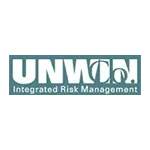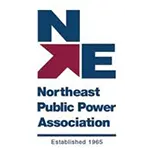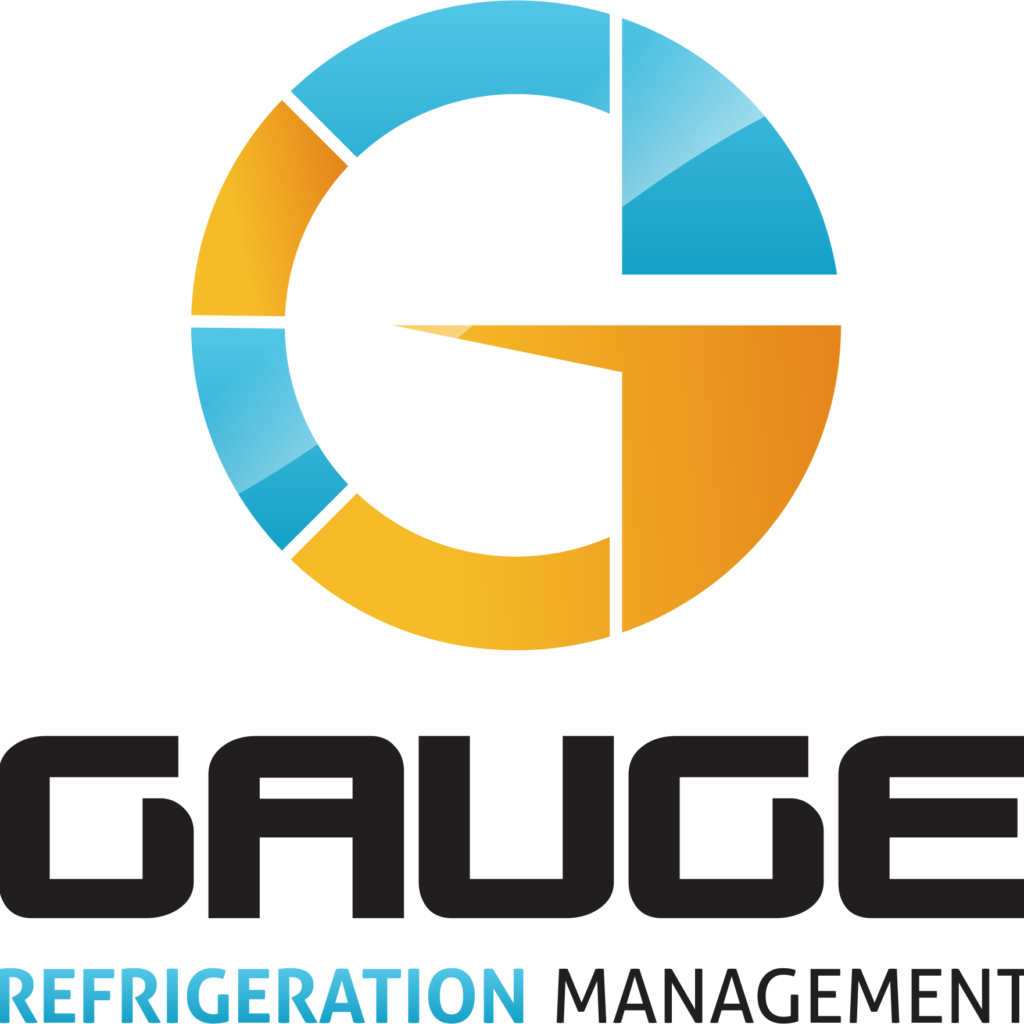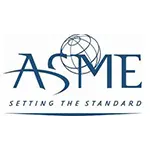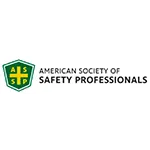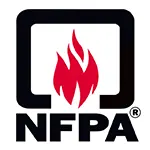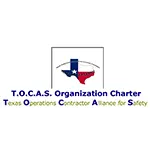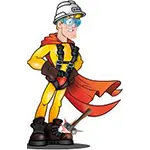CLICK HERE to Renew your Membership
CLICK HERE for a NEW Membership
CLICK HERE to see eligibility requirements for FREE Membership
If you have any questions, please contact me
We offer:
- Over 17,600 categorized unsafe acts/conditions and accident/injury photos
- Over 1,450 ppt's & doc's
- Over 3,975 technical articles on Process Safety & Occupational Safety & Health matters
- Over 450 videos
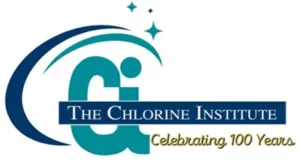
I am proud to announce that have extended our”Partners in Safety” agreement for another year (2025).
CI Members, send me an e-mail to request your FREE SAFTENG membership.
Many THANKS to my NEW Members and those who CONTINUE to support SAFTENG:
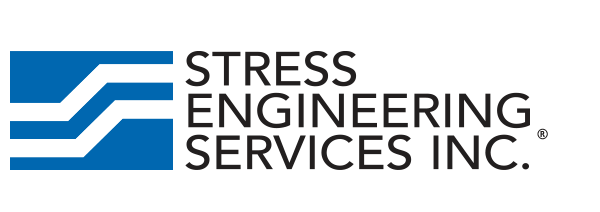




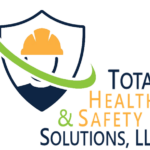








December 28, 2012
On August 30, 2003 a mobile equipment operator was injured while working at a surface coal mine. The miner was operating a Hitachi hydraulic shovel when a 35-foot wide by 35-foot high section of the highwall toppled onto the operator’s cab, pinning him inside. The victim was removed from the shovel and transported to a hospital where he was treated and released. The left...
Read More
December 28, 2012
When you read the below, it is a success story for two people. We don’t always hear these. If you have these stories, let’s share them with each other and if we have people who take the extra step to protect human lives, let’s recognize them also, not for taking chances, but for working safely and protecting human life. On July 14, 2004, District 1 experienced a non injury accident at the Girardville...
Read More
December 28, 2012
A non fatal accident occurred recently where a contract employee was performing maintenance on an operating chemical fluid pump, mounted under a Mack delivery truck, when he became entangled in the P. T. O. shaft. The injury resulted in a compound fracture of the humerus bone with avulsions of the muscle tissue of the left arm. A dozer operator walking by the truck to his job noticed the injured entangled...
Read More
December 28, 2012
Two mechanics, traveling in separate trucks went to the dragline to trouble shoot a problem with the dragline. This required them to drive around the front of the dragline beneath the boom fairleads and along the edge of the spoil embankment. Because of the dragline’s location near the embankment edge, the dragline operator had to swing the dragline slowly while the trucks traveled between the walking...
Read More
December 28, 2012
When cleaning grease or other materials off of the different type parts, do you recognize what is going on in the atmosphere? Is there a build up of the clean up material? Do you let the build up of the material dissipate in the atmosphere before doing any type hot work? Did you remove any rags or other material that may contain the cleaning agent before beginning hot work? MSHA Near Miss From: The...
Read More
December 27, 2012
FLYING DEBRIS & PROJECTILESAnother “line of fire” hazard we must consider is flying debris. There are many operations we perform that create flying debris and projectiles. Before starting these types of operations, make sure to protect yourself by wearing the proper protective equipment and performing the task in a safe manner. As the operator, it is your responsibility to know where the debris...
Read More
December 27, 2012
Documents from a friend who attended training at UNIVERSITY of WASHINGTON – Northwest Center for Occupational Health and Safety
Preparing for Global Harmonization: Classification and Labeling of Chemicals (pdf)
Classification Summary for GHS (pdf)
APPENDIX A TO §1910.1200– HEALTH HAZARD CRITERIA (MANDATORY) (pdf)
Read More
December 27, 2012
What if we worked ten million (10,000,000) hours without an injury, but after careful analysis we recognize that we also work zero (0) hours without taking a chance. In other words not an hour in each work day or not one work day passes without at least one worker deviating from standard safety procedure, taking a shortcut, breaking a safety rule or displaying any particular unsafe behaviour. Would...
Read More
December 27, 2012
Some may find this “sexist” and some may find it “offensive”, but everyone will have to admit that it is on target for the male dominated construction trade! I put the “adult only” label on the video myself, but IT IS SAFE FOR WORK.
Read More
December 27, 2012
Many THANKS to my NEWEST and RENEWING Corporate Partners in Safety… since 2011 since 2007 since 2012 since 2012 2012 Fatality Tracker Electrical 68 (2011 = 81) (2010 = 90) (2009 = 100) Forklift/Manlift Mobile Equipment 52 (2011 = 84) (2010 = 110) (2009 = 88) Mining 92 (2011 = 248) (2010 = 480) (2009 = 586) Explosions 241 (2011 = 218) (2010 = 246) (2009 = 302) Cranes 52 (2011 = 50)...
Read More

